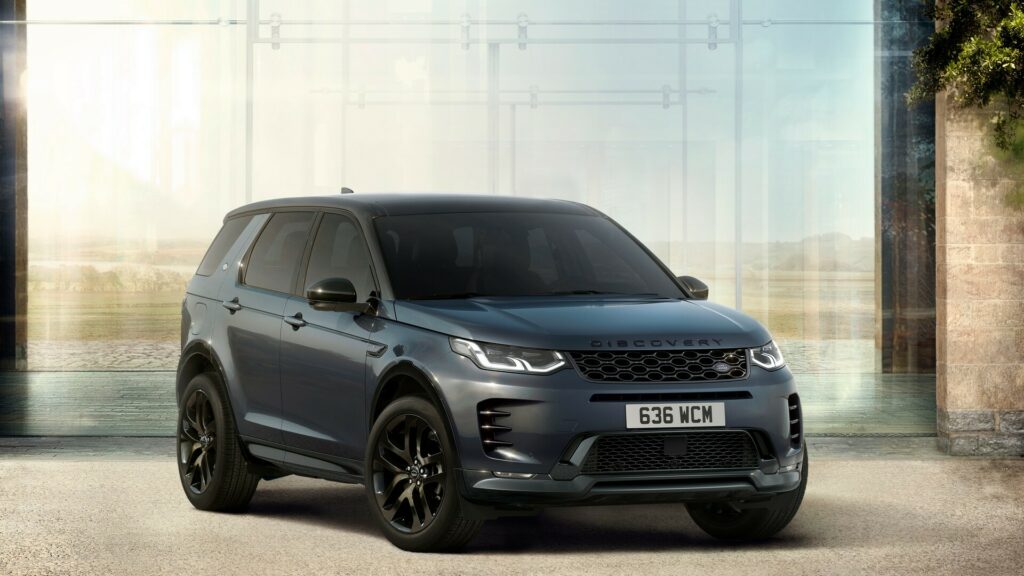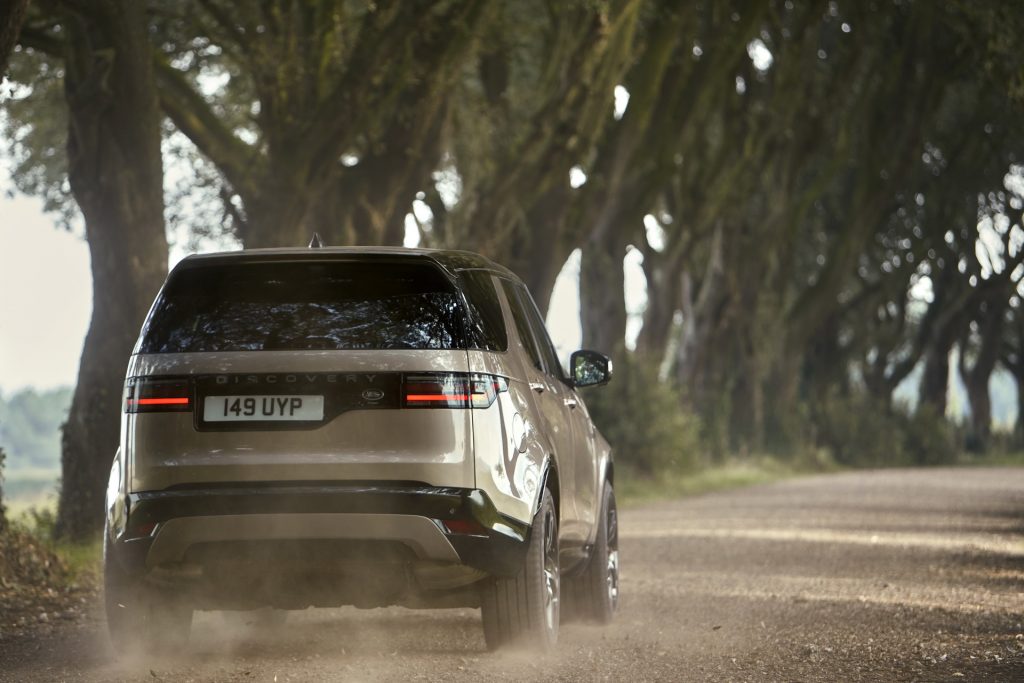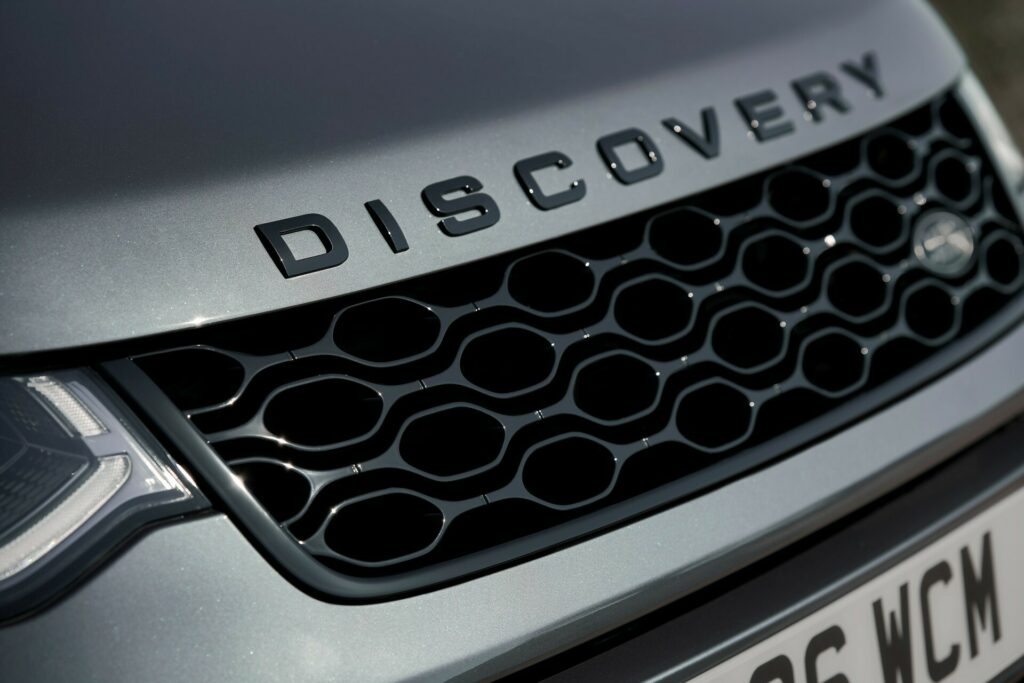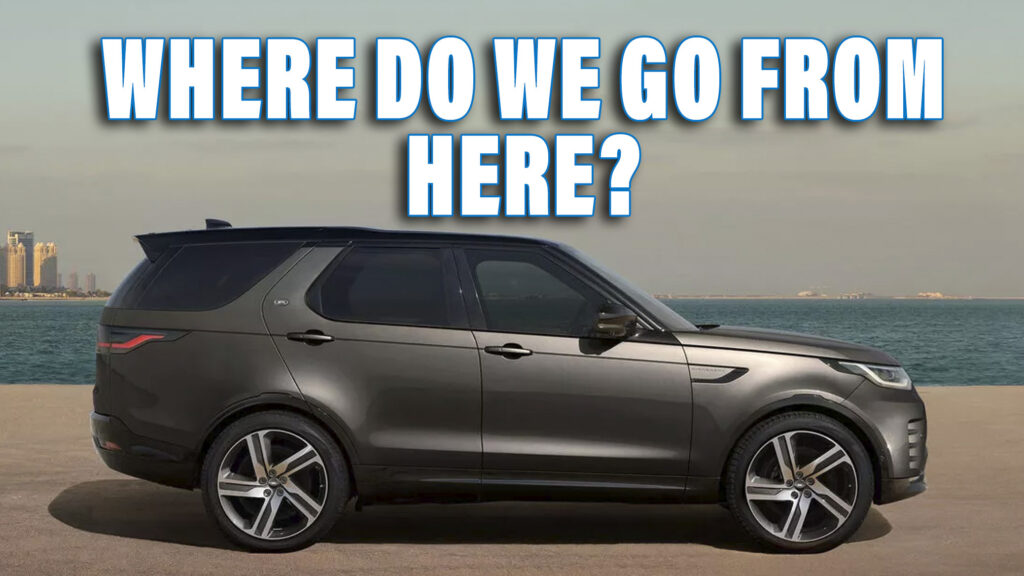JLR’s new “House Of Brands” approach involved splintering off the Discovery, Defender, and Range Rover model lines into separate units, away from the Land Rover umbrella. Still, it seems that the new strategy isn’t without its challenges for the British brand.
When the announcement was made that the Land Rover nameplate would take a backseat under the new brand structure, several commenters were perplexed at the decision. And while Range Rover and Defender (thanks to the reinvented model’s upmarket thrust) seem to have enough equity with consumers, the Discovery lineup has been left wanting — at least, such is the admission from JLR CEO Adrian Mardell. “There’s no hiding: Discovery isn’t performing to the same level as the other two [Range Rover and Defender],” said Mardell, speaking to Autocar.
Related: Smaller ‘Defender Sport’ Will Reportedly Join Land Rover Lineup In 2027

The Discovery lineup comprises, yes, you’ve guessed it, the Land Rover Discovery and the Discovery Sport. But both models are languishing at the bottom of JLR’s sales charts. The Discovery is currently the lowest volume offering from the off-road maker, selling just 12,000 units versus the Defender’s 75,000 during the same 12 months until March 2023. Meanwhile, its smaller sibling, the Discovery Sport, is the third-worst performer, falling sharply from when it used to be Land Rover’s best-selling model.
Arguably, the Discovery Sport’s plummet down the league tables may have something to do with the fact that it was introduced nine years ago, in late 2014. JLR also stresses that the company’s approach to prioritize production of higher margin vehicles during a semiconductor shortage had a part to play in the low volumes, with more profitable models such as the new Range Rover and Range Rover Sport given preference.
“The equity in Discovery is less today, and lots of people have lots of views of why that might be. They’re interesting, but they’re only interesting if they’re informative about what you do next,” said Mardell. “We need a dedicated think-tank to do that. I’m a great believer in deep and meaningful thinking and giving people the time to do that.”
See Also: JLR Confident In Spinning Off Discovery As Its Own Brand Despite Slow Sales

The JLR CEO attributes the success of Defender, whose revenues have doubled in the past three years, to “dedicated thinking,” although those figures were mainly achieved before the House Of Brand’s approach that is being employed now. Despite this, people have been moved from the Defender house to Discovery in an effort to “create a design and business model that’s going to be successful.” Mardell says that in 12 months, the future of Discovery will be outlined, and he’s hopeful that preliminary plans will be ready in Q1 2024.
However, it could be said that one of the main problems with Discovery, and perhaps the entire JLR SUV range, is the sheer overlap of products. While the Land Rover Discovery was once chosen by consumers for being a seven-seater, there are multiple SUVs within the JLR stable that offer that now. It can be argued that the new Defender seemingly does the job that the Discovery did but in a more stylish package.
Even with the promise of a new Discovery and Discovery Sport on the horizon, the expansion of the Defender line to include a smaller “Defender Sport” suggests further overlap is already guaranteed. Meanwhile, the Range Rover Evoque and Velar will both continue to play in similar sectors as small SUVs.
Is this problem of Discovery competing with other SUVs from the same stable something that can be addressed by putting a unique spin on the newly separated brand house? Or does it make sense for JLR to focus its efforts on the higher-margin Range Rover and Defender offerings? Let us know your thoughts in the comments below.





